The Puppy Pathway to service dog success
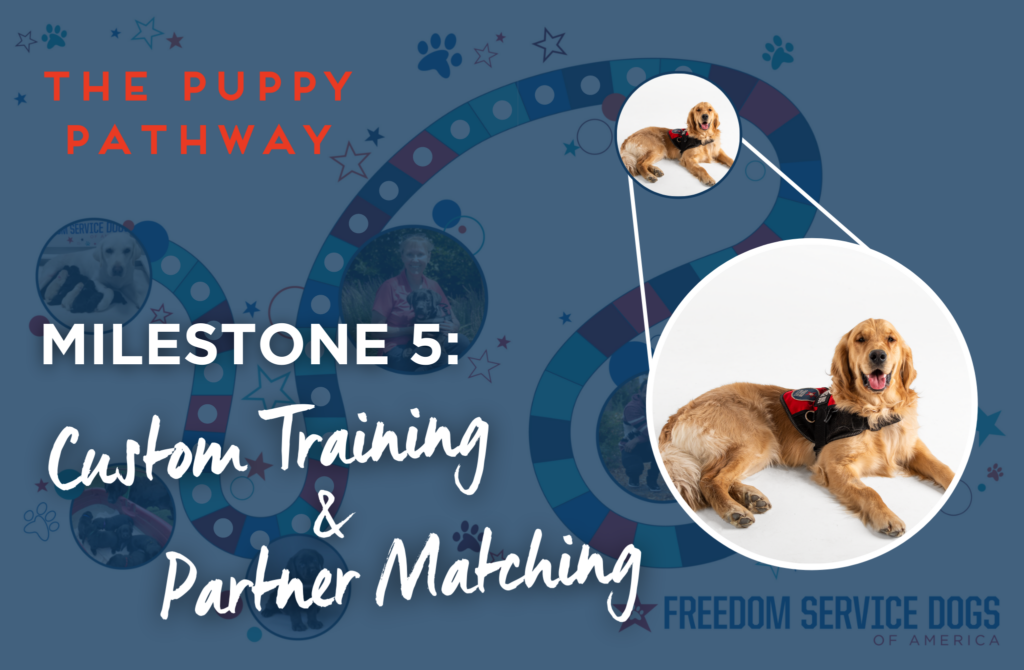
Milestone 5: Custom Training & Partner Matching
In this ongoing series, we’re exploring each milestone along the Puppy Pathway, a journey of growth, learning, and rewards for puppies in FSD’s assistance dog training program. This month, we’ll look at Milestone 5: Custom Training and Partner Matching.
At around 14 months of age, FSD pups—now adult dogs—leave the homes of their volunteer puppy raisers and return to our training facility, a step in their progression that we liken to high school grads going off to college. For the next four to six months, these dogs are “in for training,” meaning they move on to advanced training with an FSD trainer and are then matched with one of our clients in need.
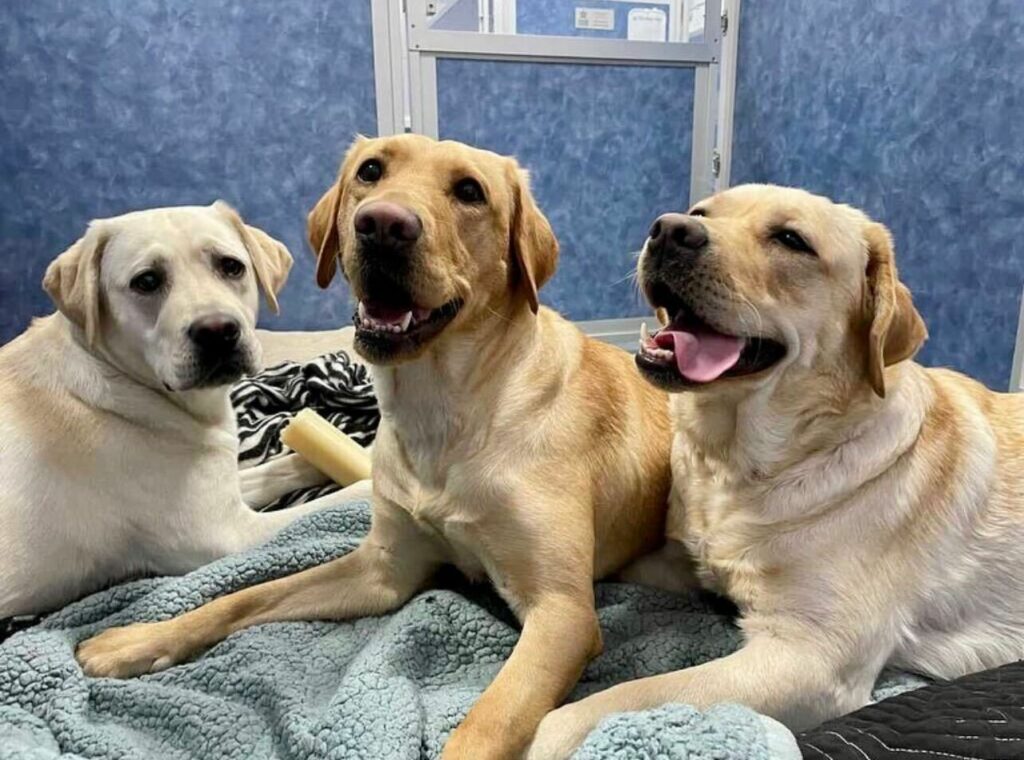
On “In for Training Day,” a small group of our amazing puppy raisers comes to FSD to relinquish the dogs they have poured their time, energy, and love into for the past 10 to 12 months. Our staff members are here to greet them with a box of tissues and a shoulder to cry on as their dogs join their first FSD playgroup and head off to tear around with some new canine friends. Afterwards, the newbies head to their “dorm” (kennels), where treats, toys, and comfy beds await these fluffy freshmen.
For their first few weeks at FSD, the dogs spend their time settling in, finding out that this is an OK place to be, and bonding with their fellow service dog trainees. They also get to know the FSD trainer who has been assigned to them, while the trainer discovers what skills the dog knows, what the dog most enjoys doing, and what tasks need the most work—all with the goal of setting each dog up for success.
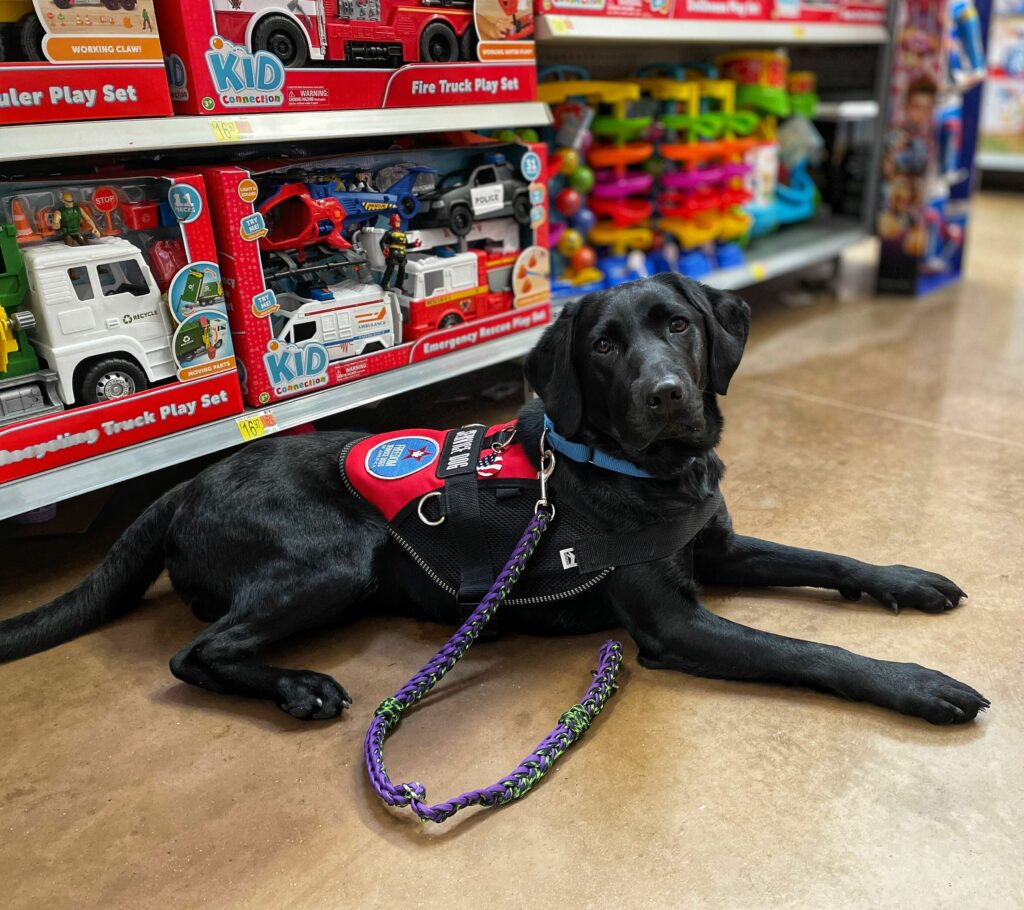
After two weeks, the dogs undergo a behavior evaluation to determine each dog’s temperament. The evaluation includes walking on elevated surfaces, meeting people in various styles of clothing, meeting other dogs, and being introduced to new stimuli, all with the hope that the dog will remain calm and attentive to their trainer’s cues. At this point, our training staff is compiling data and observations so they can make important decisions about each dog: whether they are an outstanding service dog candidate or professional therapy dog candidate, whether they might be a potential candidate for our breeding program, or whether they might be best suited for a career change to a search-and-rescue dog or family pet. It’s all about making the best decision for each dog and for each of our clients.
The dogs continue to go through a variety of assessments as our trainers watch their learning progress as they encounter increasingly difficult skills and cues in progressively more distracting environments. Throughout this time, our trainers are compiling information on whether the dog truly wants to be a service dog and what type of person they would be best at serving.
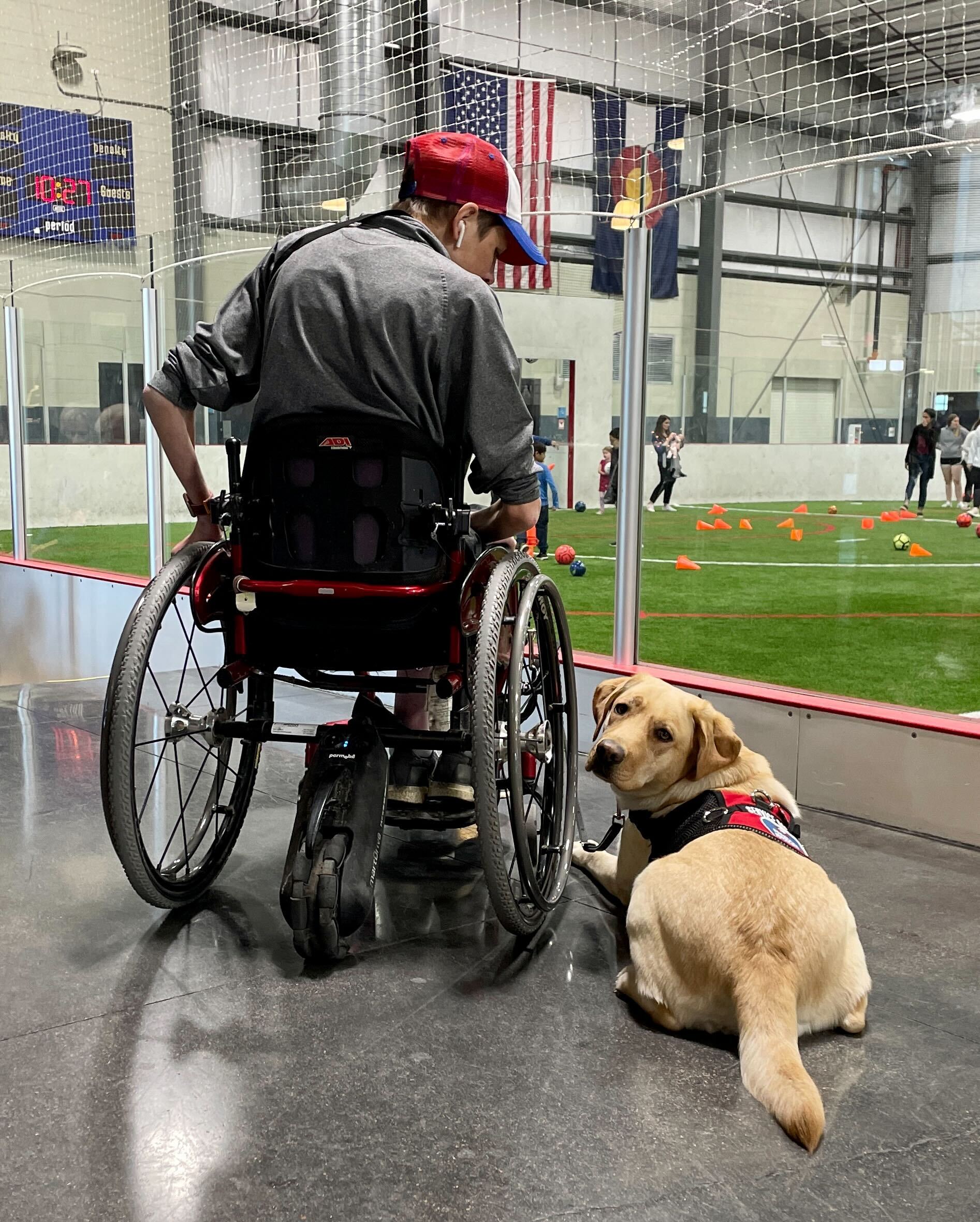
Then it’s time for our service dog showcase, where each dog works with their trainer to demonstrate their skills and tasks for our Client Services and Dog Operations teams. Our Client Services staff carefully evaluates each dog to determine which client on our waiting list would be a good fit and how that dog could improve the client’s life.
After the showcase, Client Services reaches out to the clients they believe would be best suited to the available dogs and invites them to FSD to discuss their needs and expectations, as well as what FSD expects of them and their service dog. At that point, the client meets with one or more dogs so our trainers can see how they connect with one another. If all goes well, a match is made! Then it’s on to placement class, where our clients and their new assistance dogs bond and learn customized skills together.
Up next: Learn all about placement class and the road to graduation in the June Pupdate e-newsletter. Subscribe to receive monthly Pupdates!
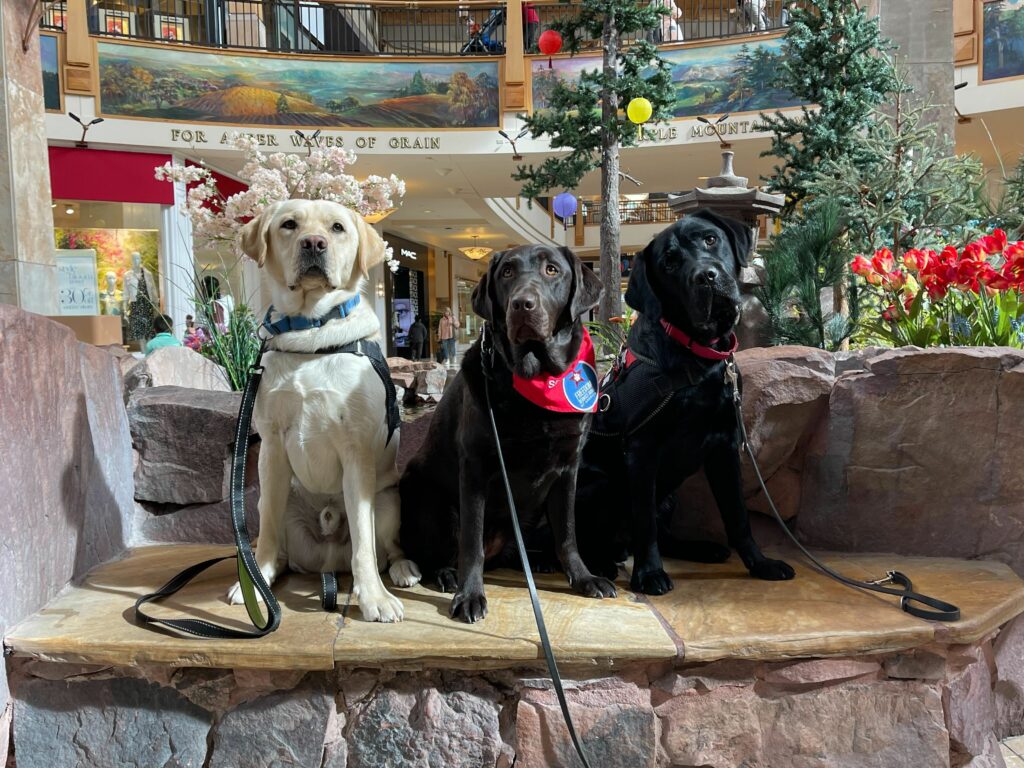
Contact Erin Conley at econley@

